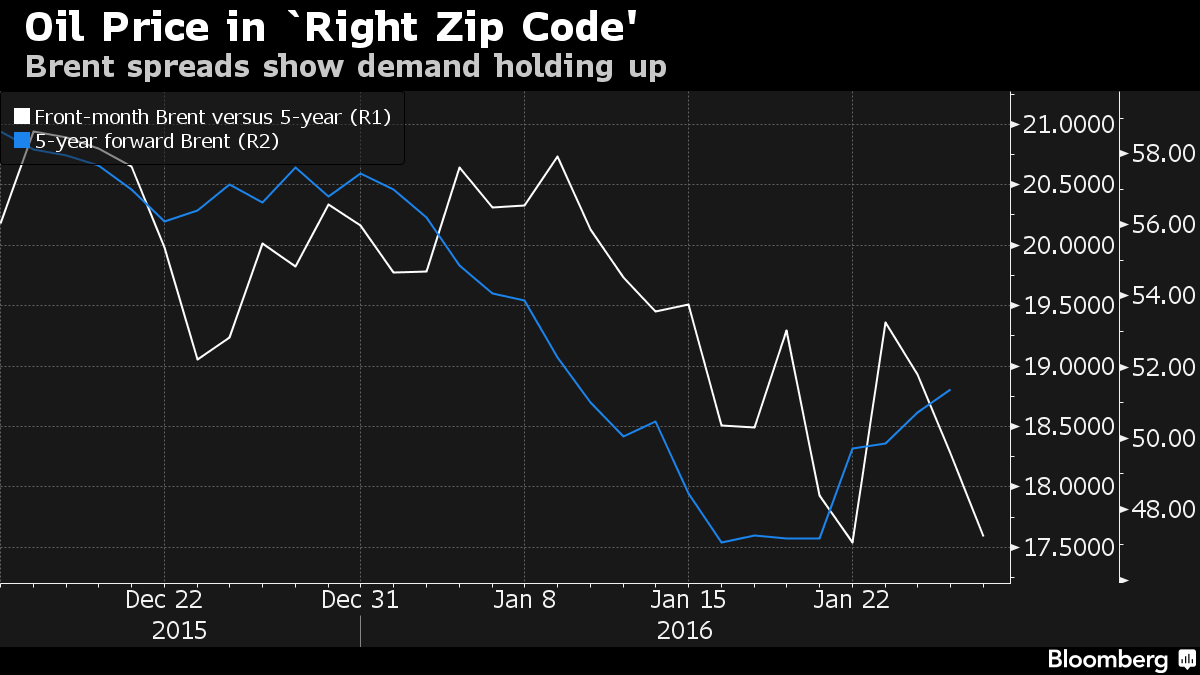Texas Oil Production Still on a Plateau
(peakoilbarrel.com) The Texas RRC Oil and Gas Production Data is out. There appeared to be no decline in December production and may have even been a slight increase.
The Texas RRC data is incomplete and only gives an indication as to whether Texas production increased or decreased. The data appears to droop because each month the the Texas Railroad Commission receives a little more data and the totals increase, little by little, month by month, until after many months the data is complete.





